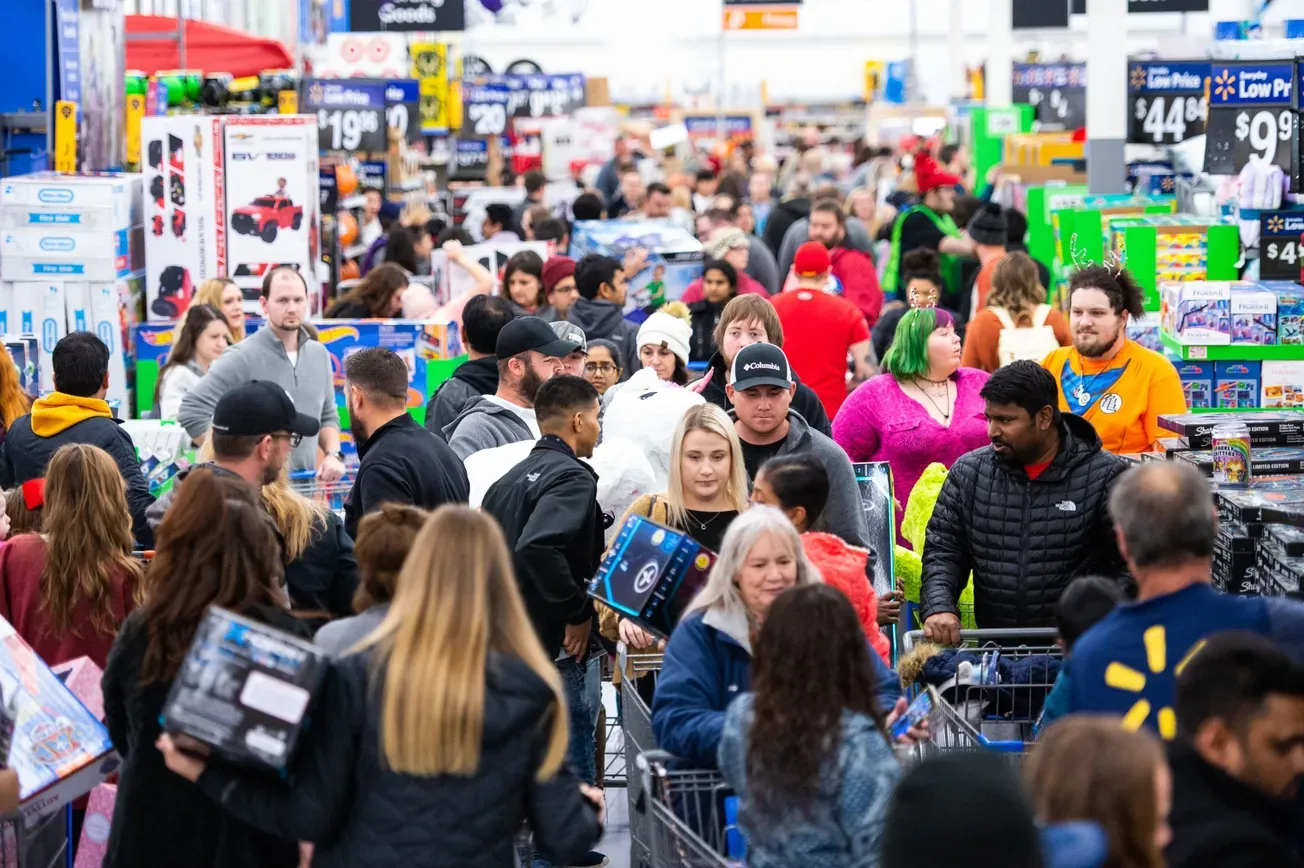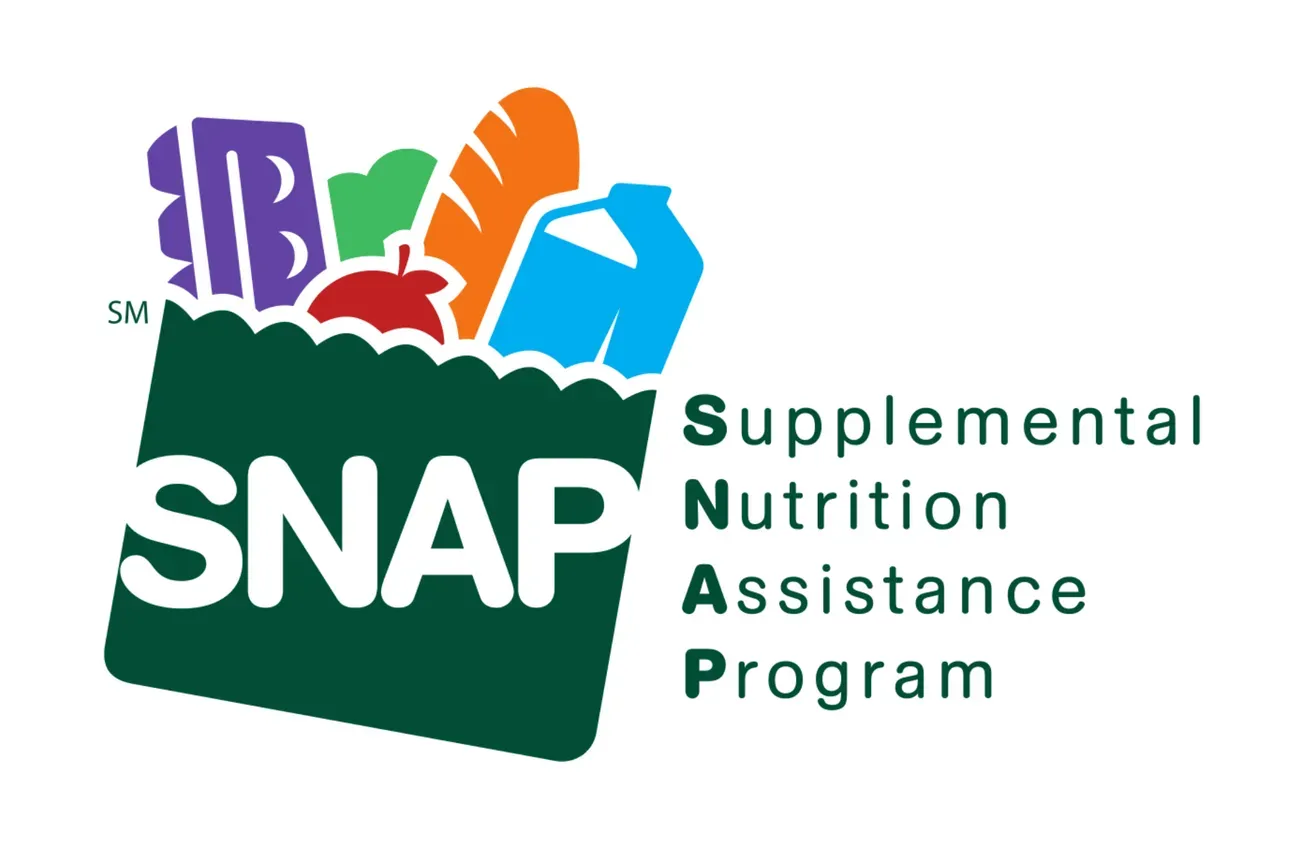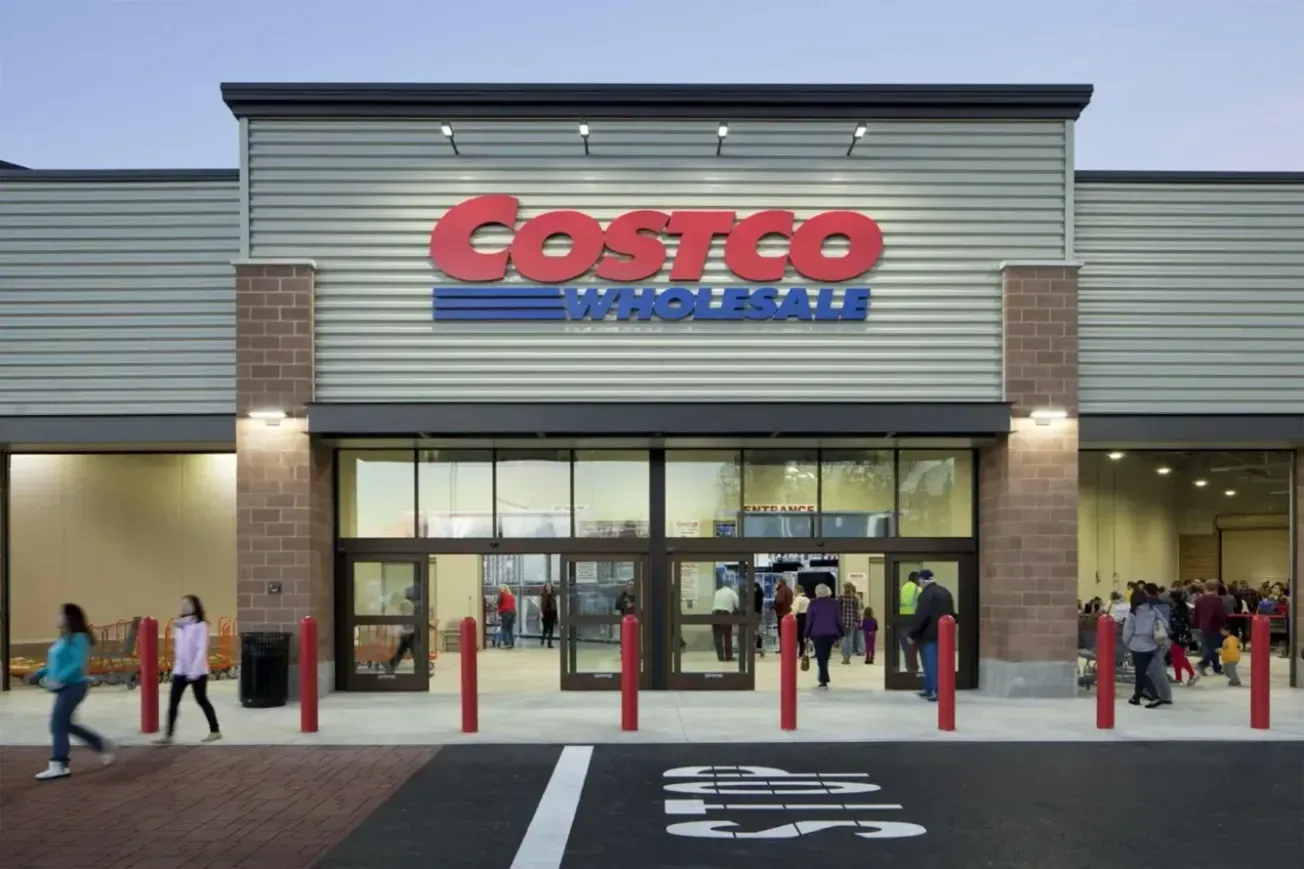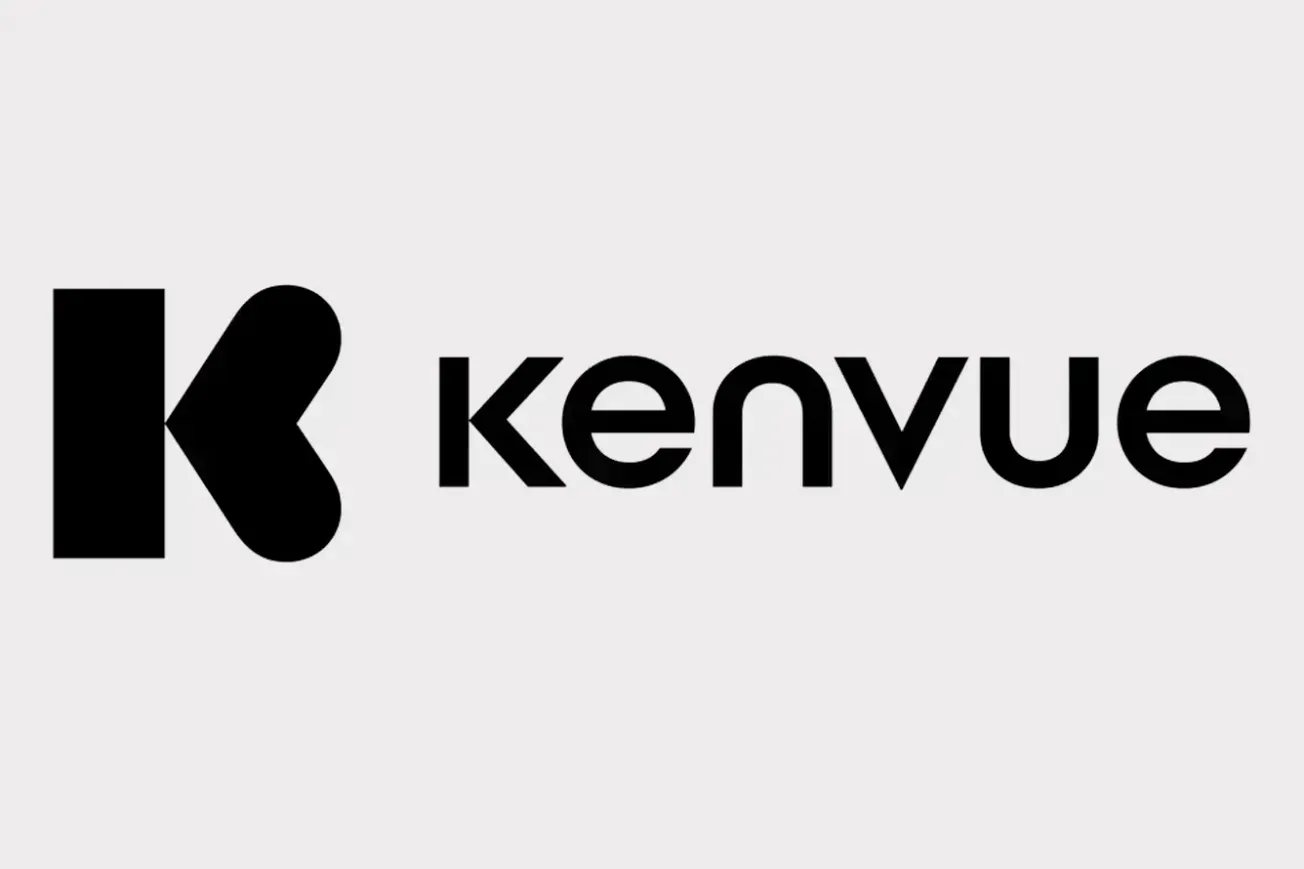PURCHASE, N.Y. — Today’s consumers are at the forefront of embracing technologies that offer convenient and personalized experiences. Gen Z, the generation spanning teenagers to those in their mid-twenties, is leading the charge. Instead of juggling between different cards and payment methods, they are looking for an innovative digital solution to manage their payments today and plan for tomorrow. They want their financial life at their fingertips and a simple way of accessing multiple funding options. To meet these needs, Mastercard is launching Mastercard One Credential, a single digitally connected credential with multiple ways to pay.
Introducing One Credential
With One Credential, consumers will be able to choose the payment option (which may include debit, installments, prepaid and credit) that’s best for them, all through a seamless digital experience.
Here’s how it works. Imagine a financially independent consumer in her 20s named Erica. With One Credential, Erica can tailor her payment preferences, so they’re optimized for her household expenses. She can choose to pay for daily expenses under $100, like groceries and fuel, from her checking account; charge expenses over $100 to credit; and pay for the occasional larger purchase via installments. Erica can set her preferences online or in an app, with full control over how each transaction is funded and a holistic view of her spending.
“Today’s consumers expect to be in the driver’s seat,” said Jorn Lambert, chief product officer, Mastercard. “That’s what sparked One Credential. It gives people an innovative way to pay that’s truly personalized to them. While Gen Z may be leading the way, the desire for personalization spans generations.”
Excitement for One Credential is clear, with key customers and partners already committing to help bring the solution to consumers:
· Bendigo and Adelaide Bank group that includes Bendigo Bank, Australia’s most trusted bank and Up, Australia’s leading digital bank.
· Episode Six, a leading global provider of enterprise-grade payment processing and ledger infrastructure.
· Galileo Financial Technologies, a leading financial technology company owned by SoFi Technologies, Inc.
· i2c, Inc., a leading provider of banking and payments technology.
· Lithic, a leading financial technology platform known for powering growth businesses with bespoke card solutions and seamless money movement.
· Marqeta, the global modern card issuing platform that enables embedded finance solutions for the world’s innovators.
· Wio Bank, One Credential is currently live in the UAE with Wio Bank, a leading digital banking platform.
Gen Z: Digital natives who crave choice & control
Compared to previous generations, Gen Z’s payment preferences are distinct in key ways:
· Born as digital natives, Gen Z’s payment appetite is largely digital. According to Mastercard’s latest research, nearly halfof Gen Z consumers prefer using new and innovative methods of payment, and 65 percent want to manage everything in one place online.
· Despite seeing themselves as financially cautious, Gen Zers tend to spend more than save and are more mindful of their purchases, seeking personalized solutions. Compared to other generations globally, personalization is 1.31 times more important to Gen Z consumers when choosing a payment method.
· Gen Z consumers aspire to build wealth and actively seek out financial education online. In the US, Gen Zers believe they need financial assets totaling more than $9 million, almost double that of Gen X’s goal. To meet their goals, 73 percent[5] of teens surveyed say they want more personal finance education and the majority have received advice from social media.
Taken together, these insights show a generation that wants their financial life at their fingertips and is eager to embrace innovative tools as they plan for their futures.
Bridging the credit gap
Despite Gen Z’s aspirations and preference for digital wallets, they have the lowest average credit score of all generations in the US, largely a function of thinner credit files and a reluctance to use traditional forms of borrowing. Just half of Gen Z consumers currently use credit, the lowest credit usage among all generations. Accessing credit responsibly helps consumers build a positive credit history, which is crucial for future milestones such as renting an apartment, buying a car, or getting a mortgage.
Nearly 70 percent Gen Zers are actively trying to increase their credit score, but more than half don’t know where to start. Gen Z needs new digital tools that offer a path to credit worthiness and financial health, while empowering them with choice and control along the way.









